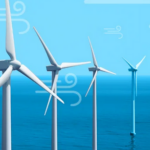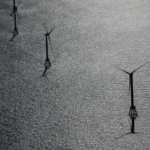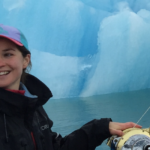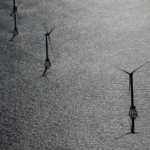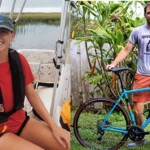Broad Coalition Applauds Biden Administration Offshore Wind Moves, Signaling United Support for Responsible Development
Bloomberg Energy Briefing – Diverse Coalition Supports Biden Offshore Wind Expansion Plans: “A broad coalition of national nonprofits, labor unions, developers, and environmental justice organizations released a “unity statement” …praising…

